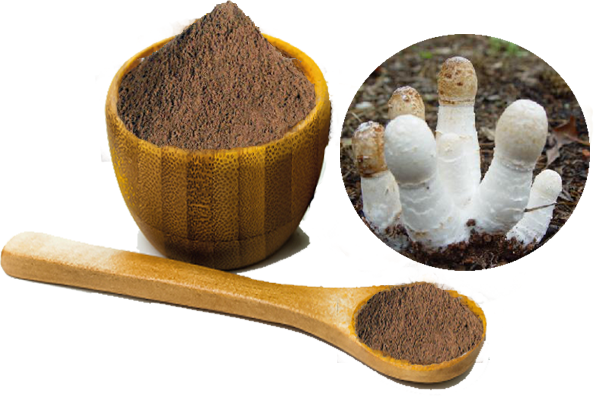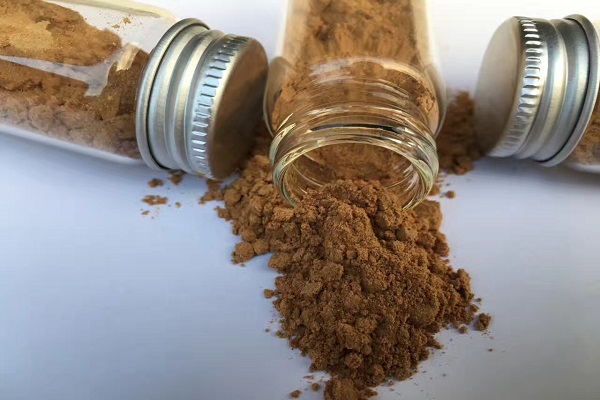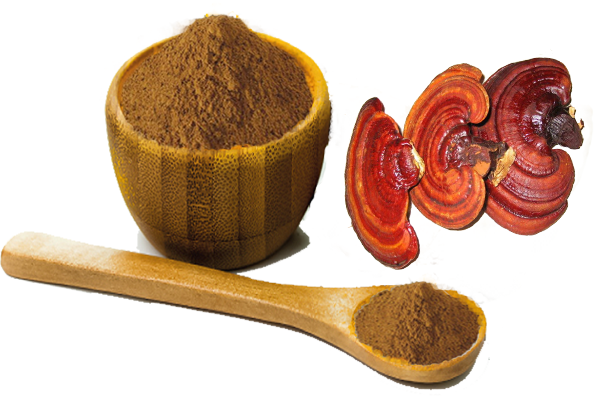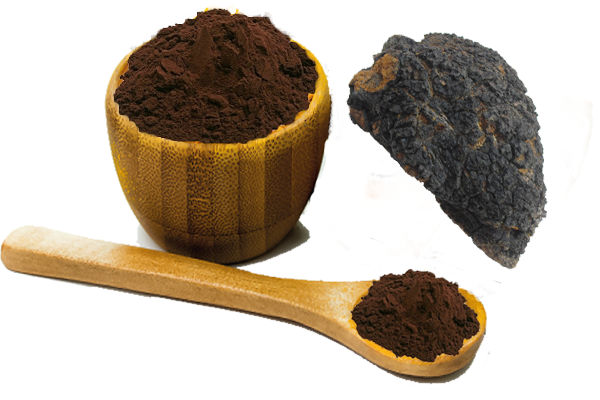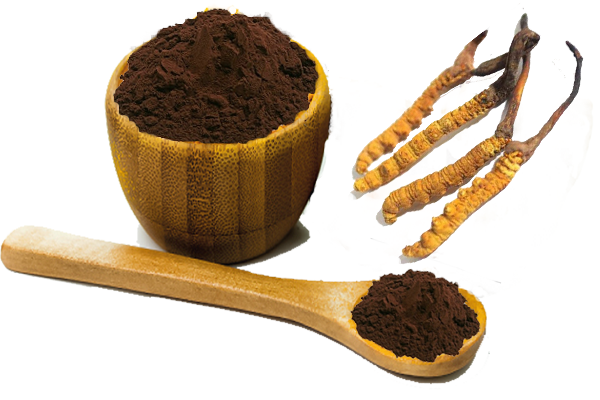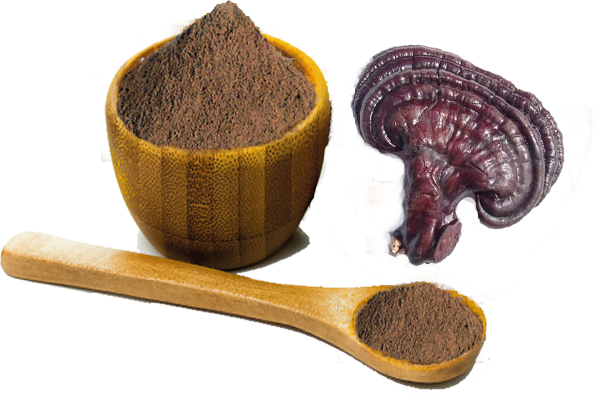
Shaggy Mane Extract
MIGU supplied Shaggy Mane Extractpolysaccharide 10%,20%,30%,40%,50%; refined powder and OEM service with analysis meets the EP, USP, JP, CP.....
Shaggy Mane Extract 10%, 20%, 30%, 40%, 50% polysaccharide by UV, concentrated powder and super fined powder offered by 17 years experienced cGMP manufacturer with warehosues in China–MIGU
Latin Name: Coprinus comatus (O.F.Müll.) Pers
Material Original: ZheJiang China
Extracted Part: Fruit body
Supported Purity: Polysaccharides 10%~50% 4:1~50:1
Specifications of Shaggy Mane Extract from MIGU
Coprinus comatus is one of the few medicinal mushrooms,which effects were not discovered by traditional
Chinese medicine,but in Europe.Here,it does not only grow in forests and on lawns,however,it’s also found
in gardens and on waysides.This mushroom,which is rich in protein,possesses great numbers of various
minerals and micronutrients and is famous among gatherers for its asparagus-like aroma.Below are our
mainly specification of coprinus comatus extract provided as your reference:
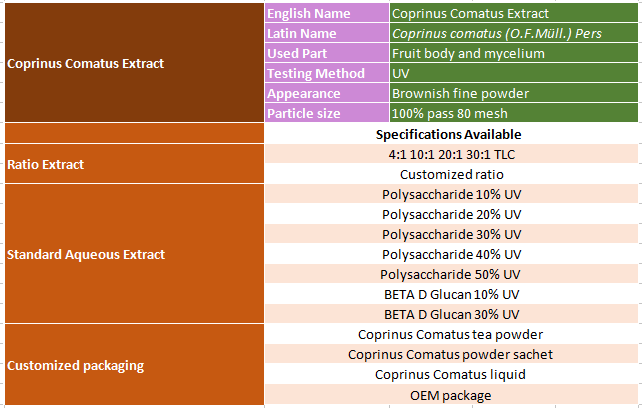
History of Shaggy Mane Extract
Commonly referred to as either the Shaggy Inkcap or the Lawyer’s Wig,Coprinus comatus is a large and
conspicuous edible(when young and fresh)fungus.It occurs in meadows,woods and roadside verges.Now
recognised as belonging to the family Agaricaceae,because it was the type species of the Coprinus genus
it has taken that generic name with it.For this reason most other inkcaps now belong to the genera
Coprinopsis,Coprinellus and Parasola,and they are all members of the family Psathyrellaceae.
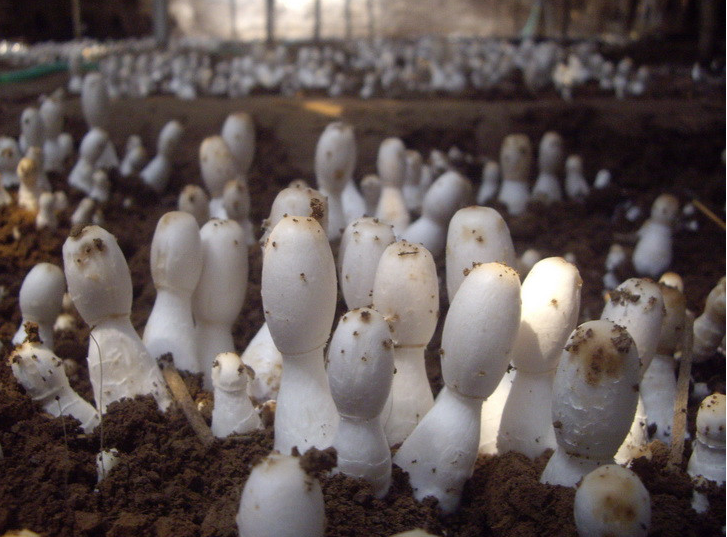
The Shaggy Inkcap was first formally described in 1780 by Danish biologist Otto Friedrich Müller(1730-1784)
who named it Agaricus comatus.(Vast numbers of gilled fungi were dumped into the Agaricus genus in the
early days of fungal taxonomy;most have since been moved to other genera leaving in the present-day
Agaricus genus a much smaller number of gilled mushrooms that are sometimes referred to as the’true
mushrooms’.) Christiann Hendrik Persoon transferred the Shaggy Inkcap,as Coprinus comatus,to its present
genus in 1797
Origin of Shaggy Mane Extract Mushroom–Wild&Cultivated!!!
Coprinus comatus is one of the few medicinal mushrooms,which effects were not discovered by traditional
Chinese medicine,but in Europe Here,it does not only grow in forests and on lawns,however,it’s also found
in gardens and on waysides.This mushroom,which is rich in protein,possesses great numbers of various
minerals and micronutrients and is famous among gatherers for its asparagus-like aroma.
This species is less sensitive to the substrate on which is cultured,because is quite resistant to the attack
of various competitors(parasite fungi or nematods).For incubation requires 15-25 C/33.8-77 F temperature
and for mushroom fructification and collection a temperature of 15-18C/59-64.4 F.In addition requires a
moderate ventilation of 3-4 air changes/hour.It has the advantage that doesn’t require substrate heat
treatment.
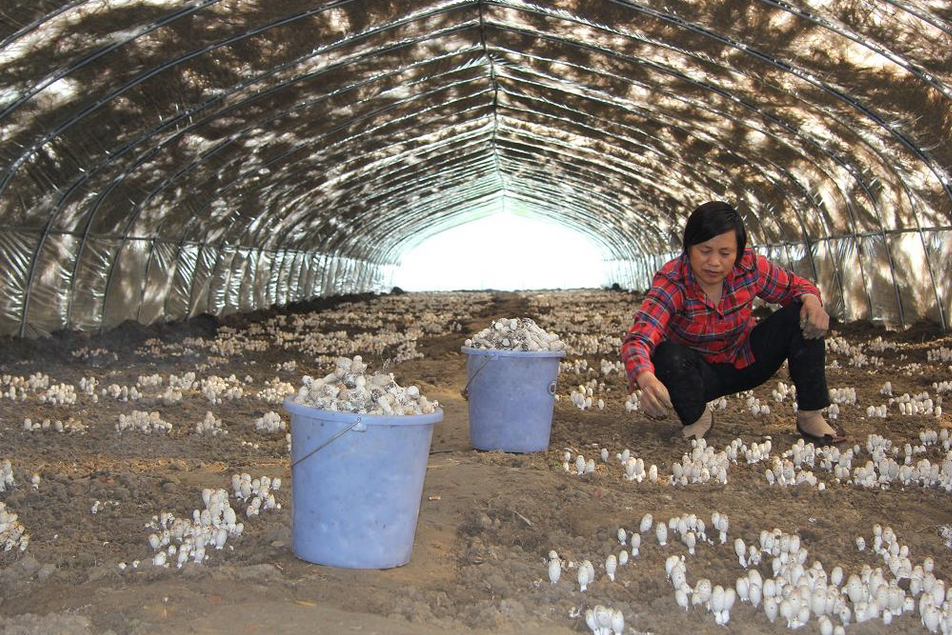
The substrate used for the cultivation of Coprinus includes a combination of straw 60%and manure 31%(cow,
horse,pig or chicken),and 1%gypsum.Sawdust is also part of some formulas for the cultivation of this
mushroom.Mainly for taking care of the following when cultivation:
1.The straw used for cultivation should be fresh and free of contamination with other fungi
2.The humidity in the compost should not exceed 65-68%(when squeezed in your hands should not let any water drops)
3.The compost should not have a sour smell.
After 20-25 days Shaggy Mane fructifications will start to form.During this period start water spraying the
casing layer surface2-3 times/day.and maintain18C/64.4Fin the grow room.The proper moment of collecting
the Shaggy Manes is when the caps are still young and closed(as in the picture shown above).
The benifits of Shaggy Mane Extract
Knowing as the shaggy ink cap or shaggy mane was valued for its black pigment that was used in the past as
an ink.In the Traditional Chinese Medicine it is used to treat diabetes,circulatory disease,digestive disorders,
and piles.It has a very high lectin activity,contains the antioxidant ergothionein,and shows strong antitumor
activity in hormone dependent tumors.It helps to regulate glucose levels.
Containing up to 25%protein when young,it is also rich in triglycerides of which linoleic acid is the most
prominent.Traditionally used in Chinese medicine to treat piles and improve digestion.
A CANCER–As well as possessing broad polysaccharide-mediated immuno-modulatory activity,organic solvent
extracts of C.comatus have been shown to possess anti-androgenic activity&to inhibit androgen-dependent
prostate cancer cell proliferation through multiple mechanisms including inhibition of androgen receptor(AR)
mediated reporter activity,reduction in levels of AR and prostate-specific antigen(PSA)transcription and
inhibition of Akt-mediated AR phosphorylation and binding of AR to the PSA enhancer region
B HEPATOPROTECTIVE–Ccomatus has been shown in animal studies to have marked hepatoprotective effect
with daily administration of 50mg/kg of C.comatus polysaccharide extract producing significant reduction in
the negative effects of alcohol on liver structure and function.
C DIABETES–Several studies have examined the action of C.comatus in diabetes with C.comatus grown on
media enriched with vanadium showing significant hypoglycaemic activity.However,evaluation of the trace
element content of C.comatus from different sites in China found no vanadium in any of the wild-harvested
specimens and it remains to be determined whether C.comatus grown on unenriched substrate would be of
any greater benefit in cases of diabetes than other mushrooms.
Clinical Summary
Main Therapeutic application–Prostate cancer,alcohol-induced liver damage.
Key Component–Polysaccharides,triglycerides.
Shaggy Mane Extract dosing
Dose–3g/day polysaccharide and/or ethanolic coprinus comatus extract.
More Organic Fungus Extract from MIGU: reishi, cordyceps, chaga, shiitake, maitake, agaricus blazai, agaricus bisporus
References :
1.The Fungal Pharmacy. Rogers R. North Atlantic Books. 2011:110-114.
2.Isolation and biological activity of triglycerides of the fermented mushroom of Coprinus Comatus. Ren J, Shi JL,
Han CC, Liu ZQ, Guo JY. BMC Complement Altern Med. 2012 Apr 24;12:52.
3.Icons of Medicinal Fungi from China. Ying J. Science Press 1987.
4. Coprinus comatus and Ganoderma lucidum interfere with androgen receptor function in LNCaP prostate cancer
cells. Zaidman BZ, Wasser SP, Nevo E, Mahajna J. Mol Biol Rep. 2008 Jun;35(2): 107-17.
5. The Culinary-Medicinal Mushroom Coprinus comatus as a Natural Antiandrogenic Modulator. Dotan N, Wasser SP,
Mahajna J. Integr Cancer Ther. 2011 Jun;10(2):148-59.
6. Inhibition of the androgen receptor activity by Coprinus comatus substances. Dotan N, Wasser SP, Mahajna J.
Nutr Cancer. 2011 Nov;63(8):1316-27.
7. The Shaggy Ink Cap Medicinal Mushroom, Coprinus comatus (O.F.Mull.: Fr.) Pers.(Agaricomycetideae)Substances
Interfere with H2O2 Induction of theNF-κB Pathway through Inhibition of IκBα Phosphorylation in MCF7 Breast
Cancer Cells. Asatiani MD et al. Int J Med Mushr. 2011;13(1):19-25.
8. Inhibitory Effect of Ethyl Acetate Extract of the Shaggy Ink Cap Medicinal Mushroom, Coprinus comatus (Higher
Basidiomycetes) Fruit Bodies on Cell Growth of Human Ovarian Cancer.Amal Rouhana-Toubi,Solomon P.Wasser,
Abed Agbarya, Fuad Fares. Int J Med Mushr. 2013;15(5):457-470.
9. In vitro effects on proliferation, apoptosis and colony inhibition in ER-dependent and ER-independent human
breast cancer cells by selected mushroom species. Gu YH, Leonard J. Oncol Rep. 2006 Feb;15(2):417-23.
10. Curative effect of crude exopolysaccharides of some macrofungi on alcohol-induced liver damage. Uyanoglu
Metal. Ultrastruct Pathol. 2013 May;37(3):218-26.
11. Consumption of Coprinus comatus polysaccharide extract causes recovery of alcoholic liver damage in rats.
Ozalp FO et al. Pharm Biol. 2014 Aug;52(8):994-1002.
12. Hypoglycemic activity of fermentedmushroom of Coprinus comatus rich in vanadium. Han C, Yuan J, Wang Y,
Li L. J Trace Elem Med Biol. 2006;20(3):191-6.
13. The co-effect of vanadium and fermented mushroom of Coprinus comatus on glycaemic metabolism. Zhou G,
Han C.Biol Trace Elem Res. 2008 Jul;124(1):20-
14. Vanadium uptake by biomass of Coprinus comatus and their effect on hyperglycemic mice. Han C, Cui B,WangY.
Biol Trace Elem Res. 2008 Jul;124(1):35
15. A Comparison of Hypoglycemic Activity of Three Species of Basidiomycetes Rich in Vanadium. Han C, Liu T. Biol
Trace Elem Res. 2009 Feb;127(2):177-82.
16. Comparison of Vanadium-Rich Activity of Three Species Fungi of Basidiomycetes. Han C, Cui B, Qu J. Biol Trace
Elem Res. 2009 Mar;127(3):278-83.
17. Comparison of hypoglycemic activity of trace elements absorbed in fermented mushroom of Coprinus comatus.
Lu Y, Han L, Yuan C, Guo J. Biol Trace Elem Res. 2009 Nov;131(2):177-85
18. Determination of trace elements in three mushroom samples of basidiomycetes from Shandong, China. Wang C,
Hou Y. Biol Trace Elem Res. 2011 Sep;142(3):843-7
19. Dickson G. 2011. Mushrooms and toadstools of Britain and Europe. New Holand Publishers (UK) Ltd.
20. Mateescu N. 1982. The mushroom cultivator’s guide. Centrocoop, Intr. Polig. Brasov.
21. More information please also check http://www.ncbi.nlm.nih.gov

